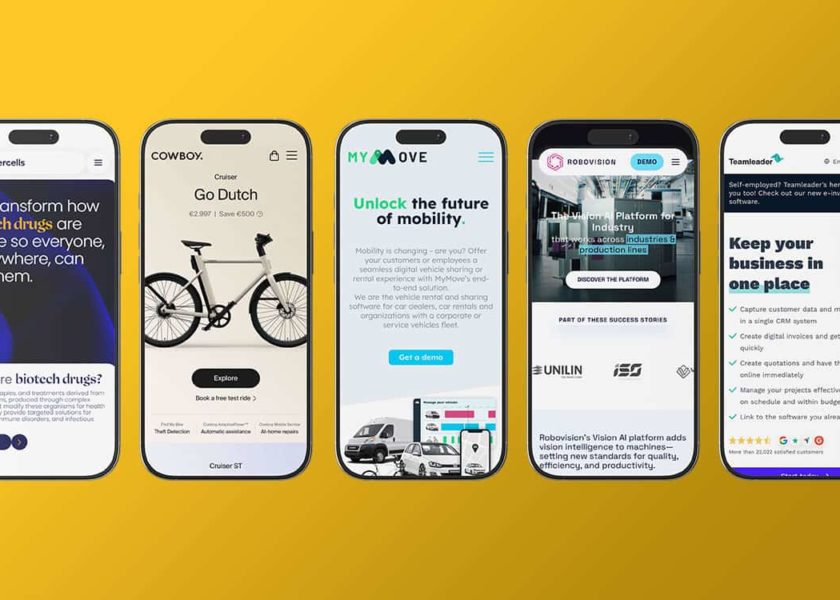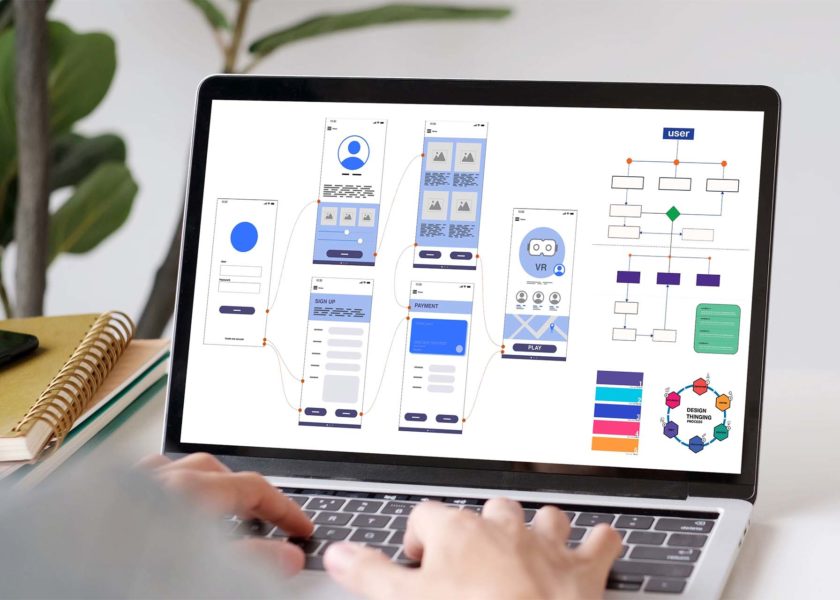Creating an MVP (Minimum Viable Product) is a crucial step in validating an idea, testing a concept and gathering feedback before launching a full product. However, the success of an MVP depends on a well-thought-out, strategic approach. Here are 10 common mistakes to avoid and tips for maximizing your chances of success.
1. Integrating everything from the start
An MVP is not a reduced version of a final product, but a minimalist version focused on the essentials. Adding superfluous features dilutes the product’s value and delays its launch. Prioritize what solves your users’ main problem and leave the rest for future iterations.
2. Neglecting market research
A well-designed MVP relies on precise knowledge of its target market. Without understanding users’ real needs, you run the risk of developing a product that will be of no interest to anyone. Take the time to understand your target market, its expectations and existing solutions. This knowledge will guide your decisions.
3. Ignore feedback from early adopters
The first users of your MVP are a gold mine for improving your product. Their feedback allows you to adjust, optimize and prioritize improvements. Don’t just collect their opinions: actively integrate them into your iteration strategy.
4. Poorly defined MVP objectives
An MVP without a clear vision is doomed to failure. Identify precisely the problem you want to solve and the expected results. A well-defined objective will help you stay focused and avoid drift.
5. Working in silos
If you already have a team, make sure that all stakeholders – technical, marketing and sales – work together from the outset to avoid inconsistencies and maximize efficiency. However, some projects are still in their infancy, with a small or incomplete team. This shouldn’t be an obstacle to getting started. On the contrary, creating an MVP with a small team can be an asset. It will help attract investors or key partners, which in turn will help expand the team and accelerate future development. The key is to remain agile, define priorities well, and maximize available resources.
6. Underestimating the importance of design and user experience (UX)
Even if an MVP is minimalist, the user experience should not be neglected. A product that lacks clarity or is difficult to use is likely to put users off right from the start. Invest in a simple, yet intuitive design.
7. Lack of feature prioritization
One of the keys to a successful MVP is knowing how to make choices. Not all features are essential from the outset. Use tools like the MoSCoW method (Must-have, Should-have, Could-have, Won’t-have) to sort out your priorities and stay focused on the essentials.
8. Not enough testing and iterations
An MVP is not a fixed version. Regularly testing and adjusting your product according to feedback is a fundamental step. Leave room for experimentation and adapt your MVP to the real needs you identify over time.
9. Launching an MVP too late or too early
Launching an MVP requires finding the right timing. A product launched too early can lack consistency, while a late launch can result in lost opportunities. The key is to ensure that your MVP is functional and capable of meeting a specific need. If you’ve validated your basic hypothesis, your product is usable and you’re ready to collect feedback, it’s time to launch.
10. Not anticipating
An MVP is only the first step in a larger process. Not having a long-term vision can slow down your progress. Think ahead from the start: what features will be added? How will you transform this MVP into a complete product? A clear roadmap is essential.
The creation of an MVP is a strategic exercise based on thoughtful choices and rigorous execution. Avoiding these 10 mistakes can make all the difference between a project that validates its potential and a product that misses its market.
Want to develop a high-performance MVP and avoid these pitfalls?
DJM lab is with you every step of the way, from initial idea to launch, to turn your vision into concrete success.



